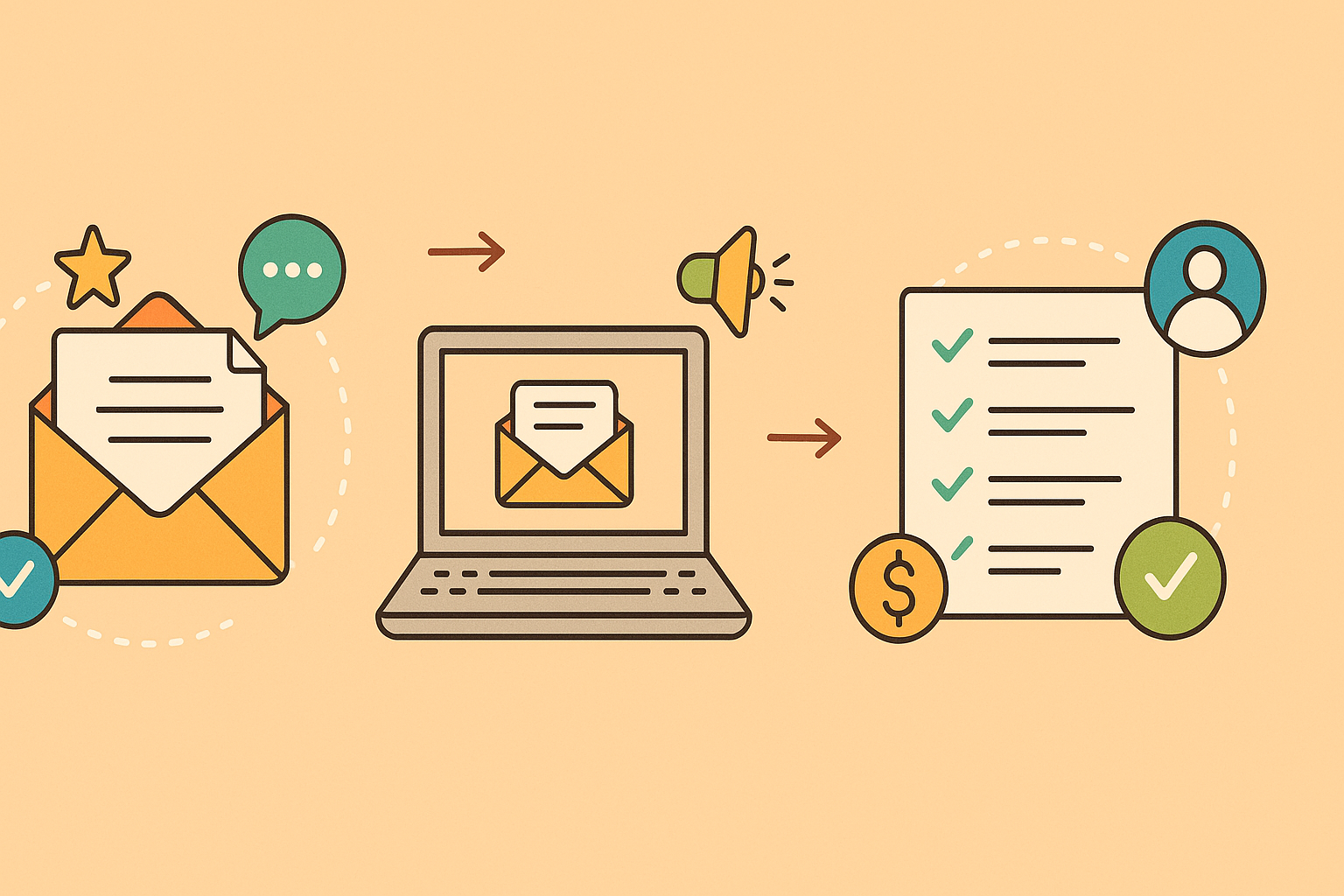Why Timing Still Matters in 2025
Even with AI-driven segmentation and automation tools, email send time plays a critical role in overall campaign performance. Marketers who understand when subscribers are most likely to open and engage gain a measurable advantage over competitors.
Recent updates from Gmail and Yahoo also place heavier emphasis on user interaction, meaning a well-timed email is more likely to avoid spam filters and maintain sender reputation.
Best Days to Send Emails (Based on 2024–2025 Data)
According to multiple studies from platforms like Mailchimp, Campaign Monitor, and HubSpot:
- Tuesday – Consistently shows the best open and click-through rates
- Thursday – Performs well for promotional, flash sale, or product launch campaigns
- Wednesday – Excellent for newsletters, content updates, or educational material
📉 Avoid Mondays and Fridays — inboxes are either too full or recipients are mentally checked out.
Best Times to Send Emails
Optimal send time varies by industry and audience, but these general time blocks perform best:
- 8:00–10:00 AM – Early morning inbox checks
- 1:00–2:00 PM – Post-lunch productivity window
- 4:00–6:00 PM – Mobile-first browsing at end of day
📌 Time zone optimization is key. Tools like ActiveCampaign let you schedule based on each user’s location.
Should You Send Emails on Weekends?
While weekdays remain dominant, some segments respond well to weekend emails:
- 📚 Content newsletters sent Sunday morning can see higher engagement
- 🛍️ B2C and eCommerce brands can benefit from Saturday morning promos
- 👥 Personal brands and creators often reach relaxed weekend readers
Be sure to monitor engagement — low open rates and high bounce rates on weekends can hurt deliverability.
Industry-Specific Insights
| Industry | Best Day | Best Time (Local) |
| SaaS / Tech | Tuesday | 10:00 AM |
| E-commerce | Thursday | 8:00 AM / 6:00 PM |
| Content Creators | Sunday | 9:00 AM |
| B2B Services | Tuesday / Wed | 10:00 AM–2:00 PM |
| Coaches & Consultants | Friday | 12:00 PM |
How to Find the Best Time for Your Audience
Generic data is helpful — but your audience is unique. Here’s how to uncover what works best:
✅ 1. A/B Test Different Send Times
Use tools like SendPulse, Moosend, or MailerLite to test 2–3 variations per campaign.
✅ 2. Monitor Engagement Trends
Check your ESP dashboard for patterns: which campaigns perform better at which times?
✅ 3. Ask Your Subscribers
Send a short survey or use click segmentation (e.g., “What time of day do you usually check emails?”)
✅ 4. Use AI-Powered Scheduling
ActiveCampaign and Brevo offer predictive send-time optimization using historical behavior data.
Top Tools for Smart Email Timing in 2025
- SendPulse – Send-time optimization and time zone delivery
- ActiveCampaign – Predictive timing and engagement automation
- Moosend – Flexible scheduling with analytics
- MailerLite – Great for beginner-friendly A/B tests
- Folderly – Monitor inbox placement and deliverability trends
Bonus Tips to Boost Email Engagement
📌 Use compelling subject lines + preview text to increase open rates 📌 Segment your list for content relevance and send-time match 📌 Avoid spam trigger words (FREE!!!, URGENT, CASH) 📌 Always run a deliverability test before sending major campaigns 📌 Clean your list every 30–60 days to remove unengaged contacts
Final Thoughts
The best time to send marketing emails in 2025 is a mix of data-driven benchmarks and audience-specific testing. While Tuesday mornings and Thursday afternoons perform well for many, your results will improve with strategic testing, personalization, and optimization.
Start simple: pick a top time slot, A/B test, and track results. Then iterate.
Start simple: pick a top time slot, A/B test, and track results. Then iterate.
🚀 Want help building a smarter, more effective email schedule? Stay connected with InboxParrot — your expert source for email deliverability, timing insights, and automation tactics.


